
This is a romantic idea. A romantic approach to transitions, weaving together
notions of memory, inhabitation, and spatiality.
To pair with the images, we share here some notes and ideas within and without transitions.
To pair with the images, we share here some notes and ideas within and without transitions.
In architecture, transitions are not merely utilitarian or programmatic elements; they are profound mediators of spatial and human experience. These spaces are not neutral: they influence social relationships, acting as filters that regulate movement, visibility, and intimacy.
Henri Lefebvre suggests that spaces of transition become arenas where everyday life and social control intersect, charged with cultural and political significance. Robin Evans explores how the architectural arrangement of transitions can either isolate or connect, creating social hierarchies or fostering communal fluidity. Walter Benjamin, in his reflections on arcades, sees transitions—passages—as cultural artifacts, liminal spaces where the flâneur navigates modernity.
Gaston Bachelard, in his phenomenological approach, finds in thresholds poetic and psychological weight, where crossing a door becomes an act of transformation.
Whether it’s the intimacy of a threshold, the anonymity of a corridor, or the spectacle of an arcade, transitions are where architecture becomes experience. Designing these spaces thoughtfully means understanding that every passage is a narrative, every door a decision, and every threshold a moment of becoming.
Today, we believe the modern definition of transitional spaces needs to be extended beyond its inaugural description. We could even dare to imagine that every space is potentially transitional. Simply because of our relationship with cyberspace and digital speed, physical spaces -and objects- have become a transition from which we relate to others. There is no such thing anymore as a space in which we are not intertwined with another one, a space that is not malleable and everchanging (in both form and experience). From encrypted information exchanges to biological cycles, transition is the medium we inhabit.











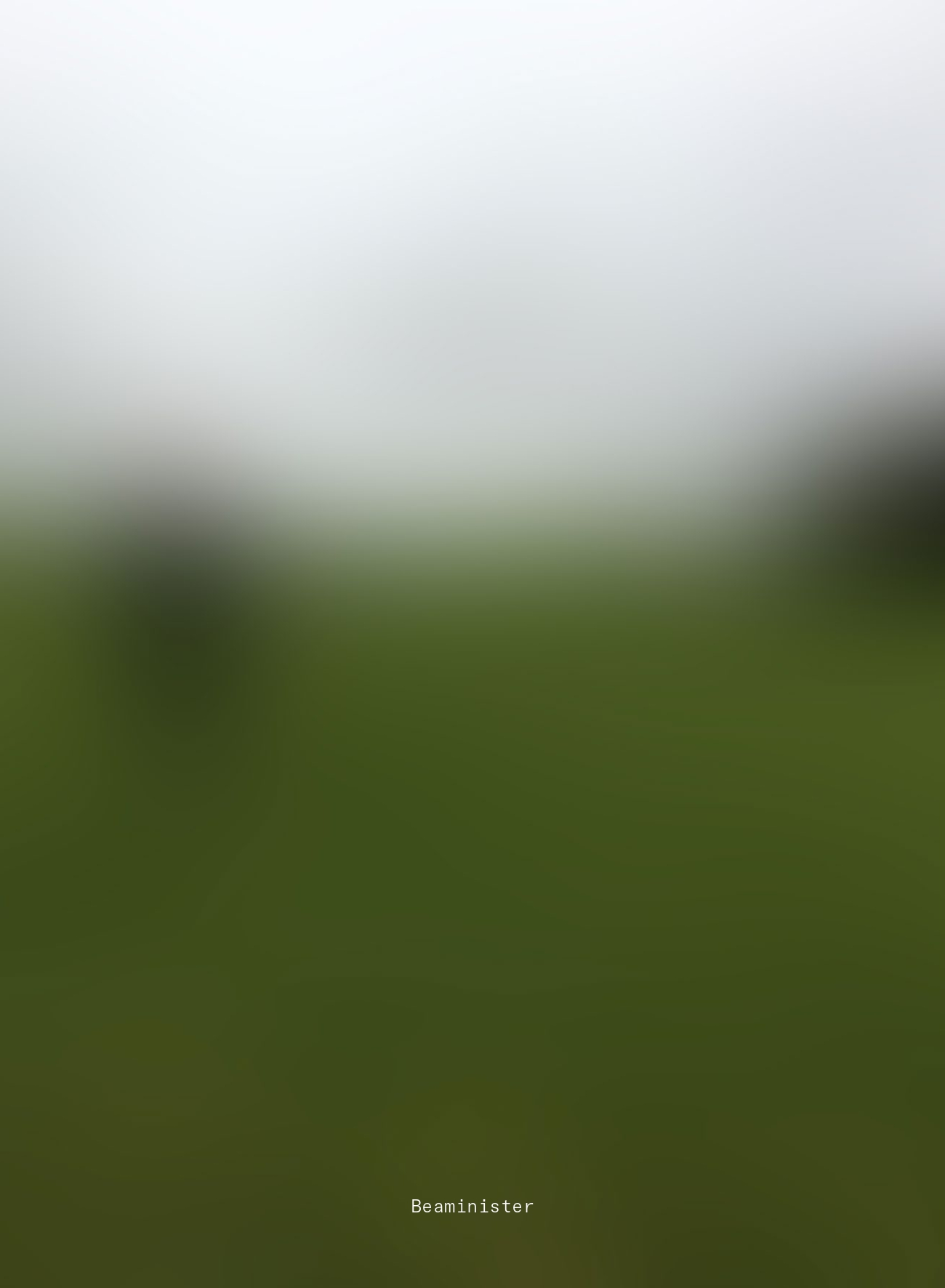
Even within our practice as designers and twin sisters, every day is a transition. We never see or experience the same thing twice. From the construction to the completion of a project, what we leave after a day’s work is never the same thing that welcomes us the next morning. What we imagine is rarely exactly what takes form in the tangible world. What we draw is a translation of what we envision; what we communicate is a transition from thought to conclusion or from premises to new questions; and what we inhabit is a transition destined for ever-changing outcomes—light, use, furniture, activity, sound, smell, transformation.
In the words of Michel Serres, things have a very soft threshold between the nameable and unnameable, the figurable and the un-figurable, the identifiable and unidentifiable. As images fade in our memory, colliding with other ideas, pictures, spaces, and sensations, they merge into blurry definitions of the transitions we inhabit and those we design. We trace lines on paper and within our built environments, sketching thresholds where architecture meets experience, and experience meets meaning.





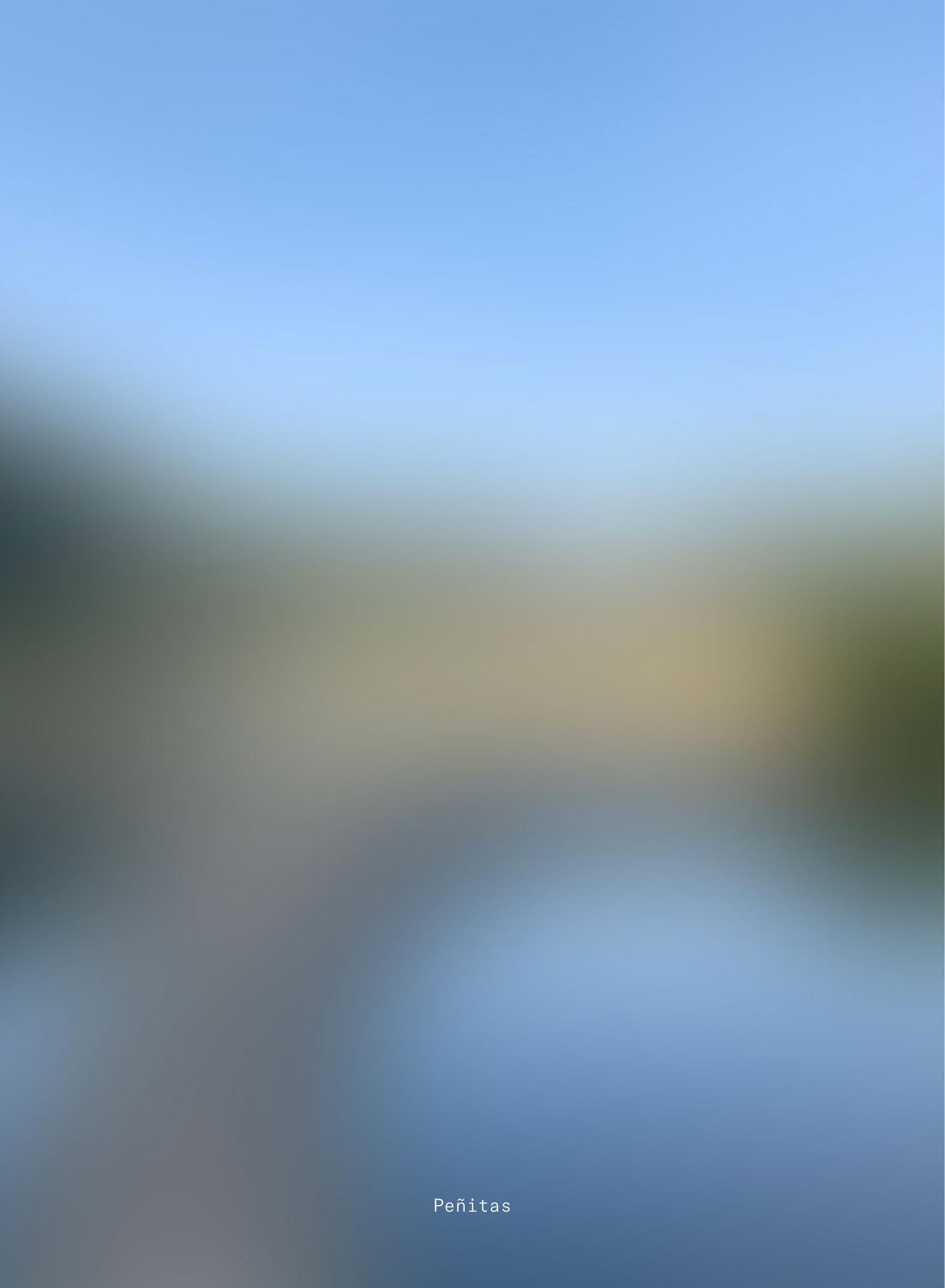

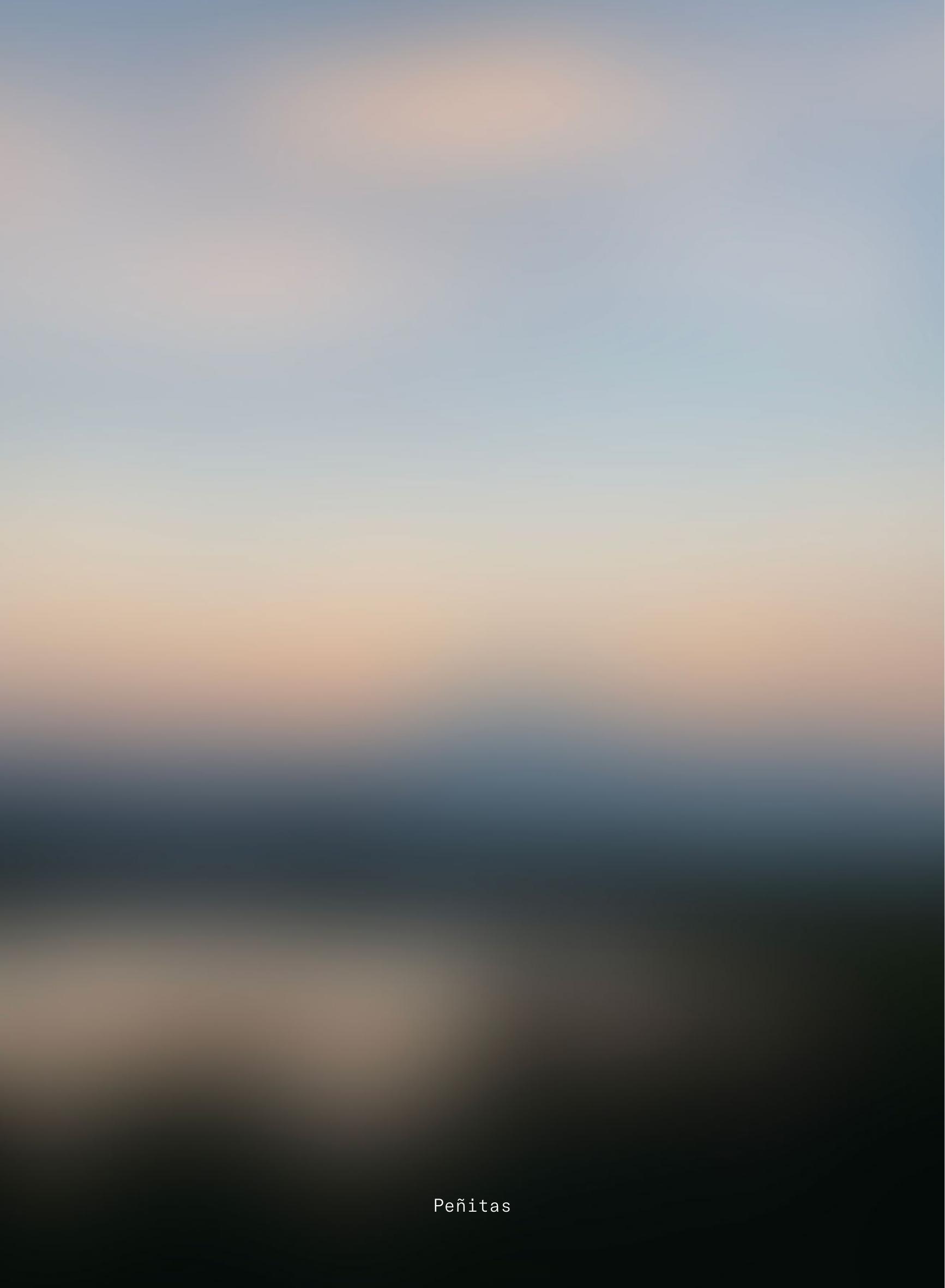


We blurred photos of all the homes we have lived in, separately. They haven’t really shaped urban change at a large scale, but they have altered our perception of the urban as global, urban as personal, urban as transitional.
We two have only been roommates once, neighbors once, and have lived across cities and countries for years. However, we have shared spaces of childhood, work, study, and imagination. We made a personal map—a mind map, a memory plan. Without urban grids or avenues, we pinned our residences through blurry images, visualizing transitions not just as movements through space, but as passages through time.
The idea of these images seems to have blurred after an elongated passage of time, turning into a serial diminution from touch to sight to thought. They explore the subject-object relation to things, to the urban, to cities, and to the medium of meaning and imagery related to them. They represent a premonitory idea of how, based on our experience of inhabiting all these spaces, definitions of boundaries and transitions have been conceived at various scales: public and private, intimate or common, inside or outside. In attempting to erase these dichotomic poles, the very definitions of such transitions have permeated our practice; from physical borders to the passage of time.
...









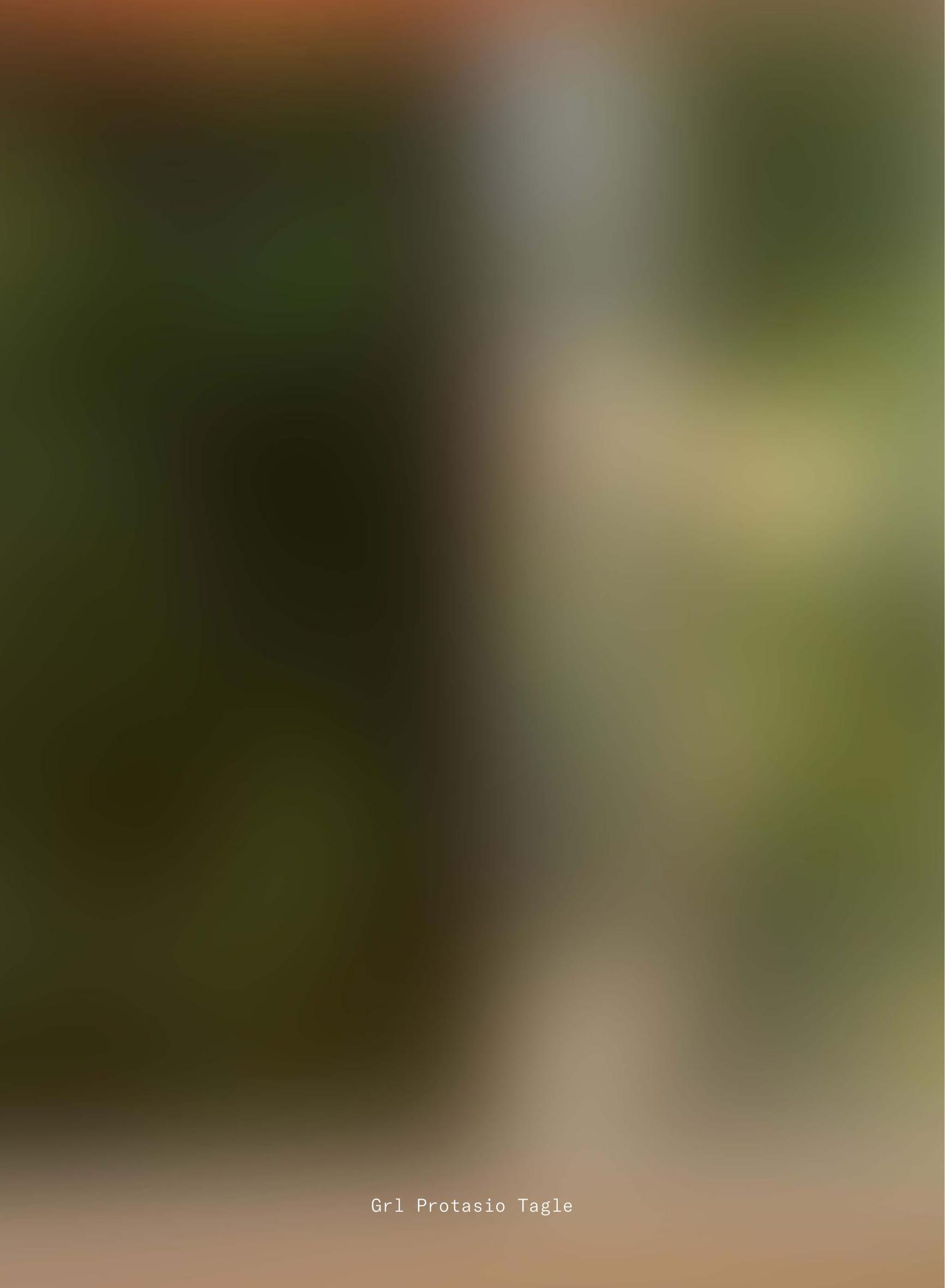
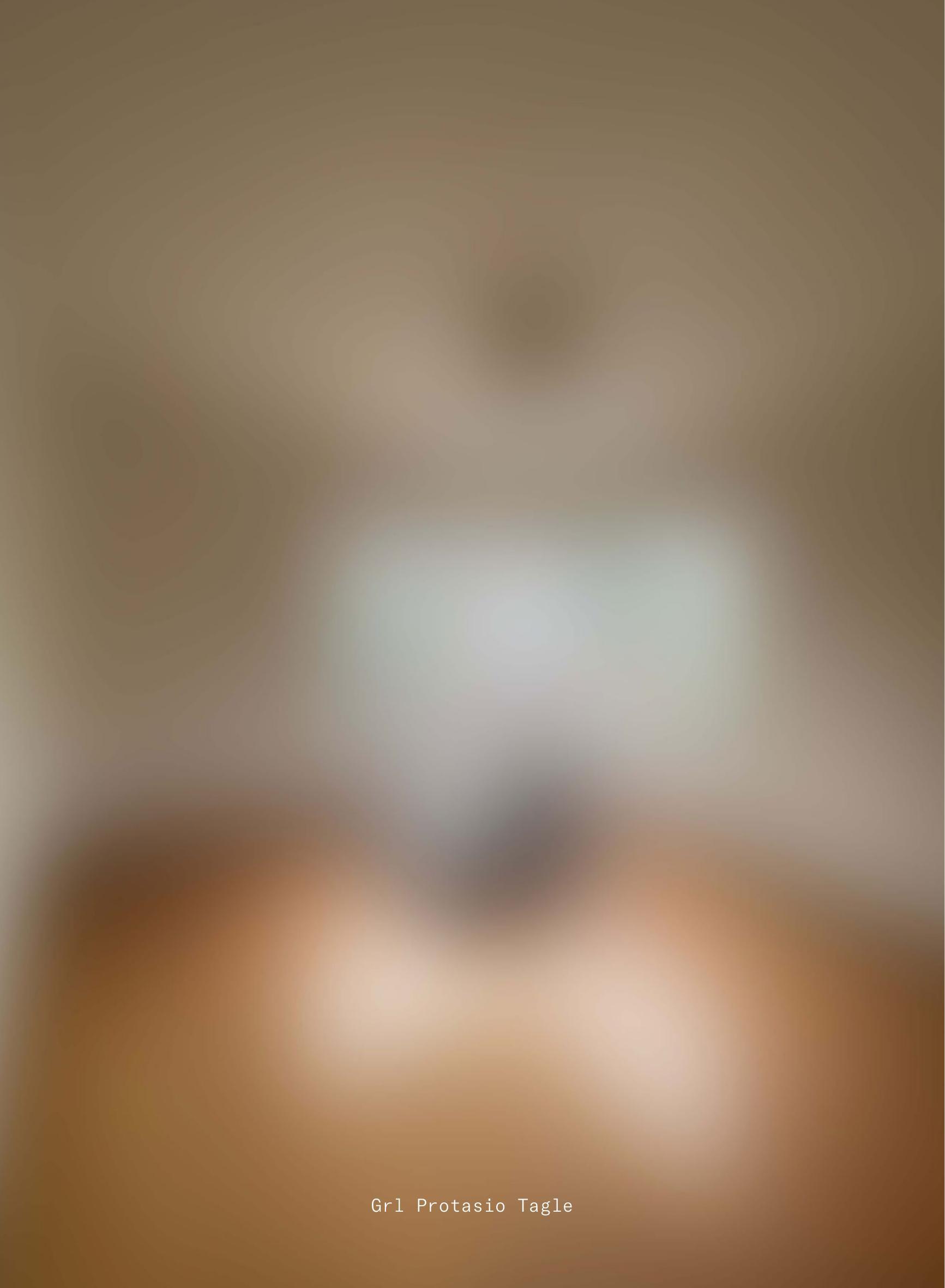
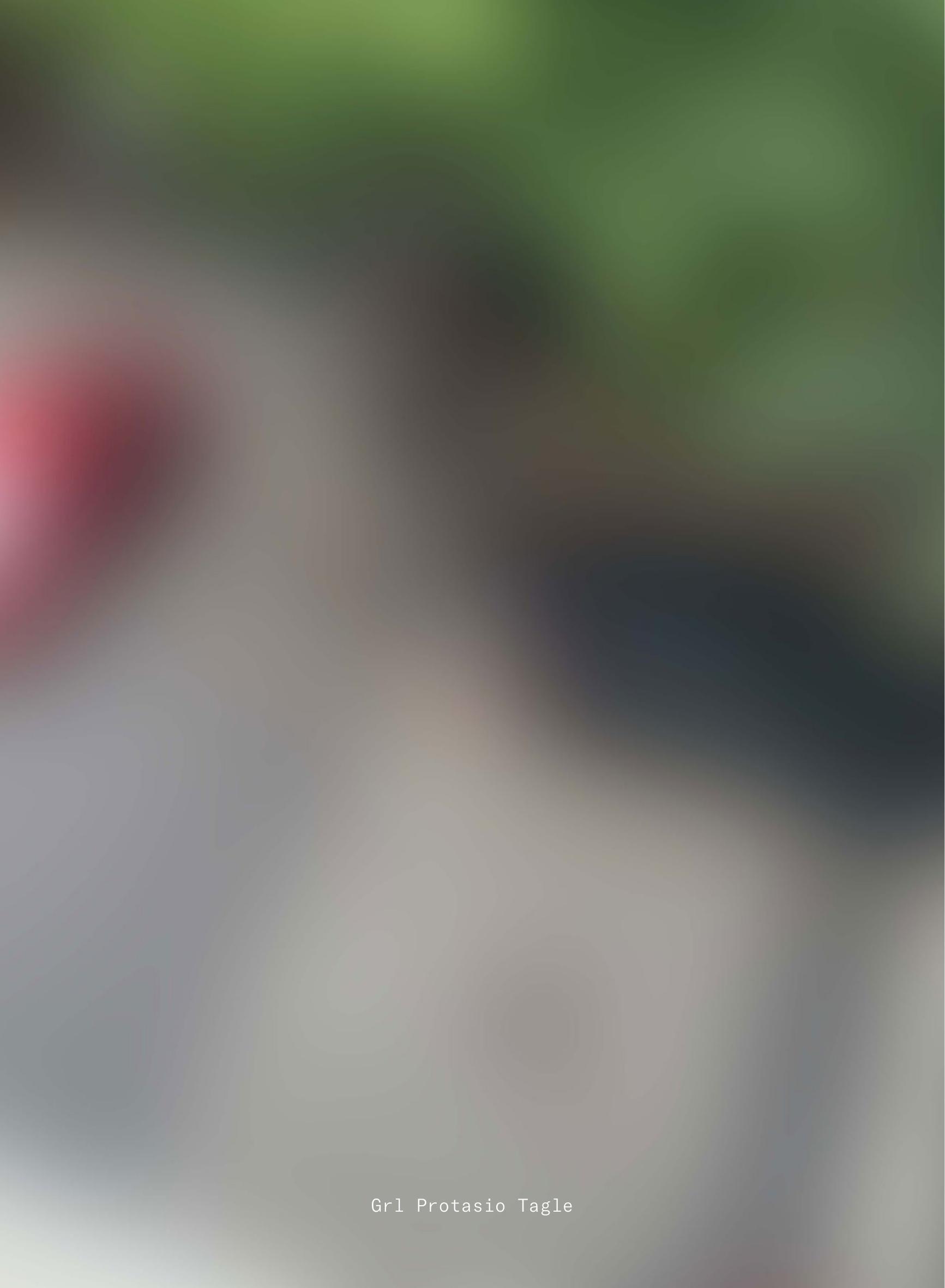
estudio estudio is an architecture, design and research studio, based in Mexico City and founded by Inés Benítez and Nuria Benítez in 2020. Both architecture graduates from UNAM, Inés with a master’s degree from the Harvard Graduate School of Design in Boston and Nuria in the Royal College of Art in London.
Drawing from both research and collaboration as vehicles for design, various forms of creativity allow us to tailor solutions, specific to a physical, cultural, and functional context. They use design as a methodology to solve, represent, rethink, reproduce, reiterate and recreate. The scale of their work is ‘small’, touching upon larger-scale urban and cultural phenomena. They study the intersection between architecture and its narratives within and outside the discipline, bringing together layers that would normally go unnoticed to create projects with multidisciplinary perspectives and participatory processes. They believe that applied creativity is a tool to highlight a specific value and spread the knowledge embedded in each job, in each profession and in each place, as an act of conservation.
Born and raised in Mexico City, they studied Architecture at UNAM
(National Autonomous University of Mexico), graduating with
highest honors.
Inés Benítez
She recently finished her Master in Design Studies in “Art, Design, and The Public Domain” in the Harvard Graduate School of Design, and later completed an “Irving Fellowship” research grant. She has worked as an architect, interior designer, researcher, art producer and exhibition designer. Inés has been Adjunct Professor at Wentworth Institute of Technology and Universidad de los Andes
in Colombia.
Nuria Benítez
She recently studied a Masters in Research at the Royal College
of Art, London, supported by FONCA-CONACYT and Beca Arquitecto Marcelo Zambrano. She has worked at renowned cultural institutions and architecture studios internationally, such as MoMA and Tatiana Bilbao Estudio, as well as started several collaborative practices and experiments. Since 2020, Inés and Nuria founded estudio estudio, a design, architecture and research practice in Mexico City. Since 2021, they are both teaching “Architecture Studio 1” at Universidad Iberoamericana.
Drawing from both research and collaboration as vehicles for design, various forms of creativity allow us to tailor solutions, specific to a physical, cultural, and functional context. They use design as a methodology to solve, represent, rethink, reproduce, reiterate and recreate. The scale of their work is ‘small’, touching upon larger-scale urban and cultural phenomena. They study the intersection between architecture and its narratives within and outside the discipline, bringing together layers that would normally go unnoticed to create projects with multidisciplinary perspectives and participatory processes. They believe that applied creativity is a tool to highlight a specific value and spread the knowledge embedded in each job, in each profession and in each place, as an act of conservation.
Born and raised in Mexico City, they studied Architecture at UNAM
(National Autonomous University of Mexico), graduating with
highest honors.
Inés Benítez
She recently finished her Master in Design Studies in “Art, Design, and The Public Domain” in the Harvard Graduate School of Design, and later completed an “Irving Fellowship” research grant. She has worked as an architect, interior designer, researcher, art producer and exhibition designer. Inés has been Adjunct Professor at Wentworth Institute of Technology and Universidad de los Andes
in Colombia.
Nuria Benítez
She recently studied a Masters in Research at the Royal College
of Art, London, supported by FONCA-CONACYT and Beca Arquitecto Marcelo Zambrano. She has worked at renowned cultural institutions and architecture studios internationally, such as MoMA and Tatiana Bilbao Estudio, as well as started several collaborative practices and experiments. Since 2020, Inés and Nuria founded estudio estudio, a design, architecture and research practice in Mexico City. Since 2021, they are both teaching “Architecture Studio 1” at Universidad Iberoamericana.
Ippokratous 9, 10679
Athens, Greece